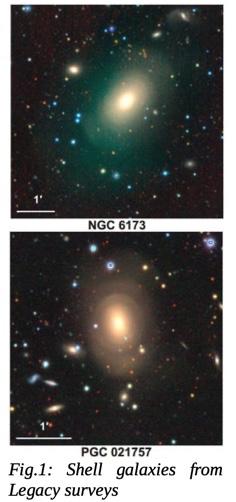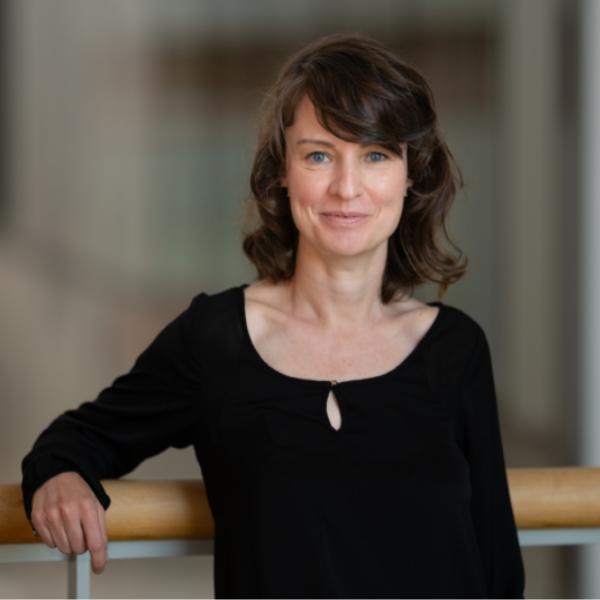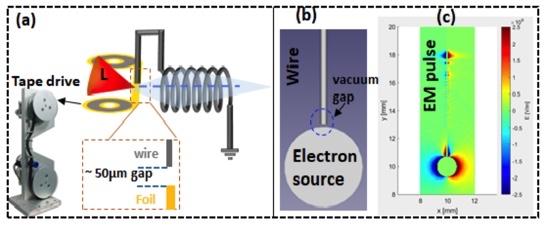A total of 11 postdoctoral researchers have headed back from abroad to Czechia as grant holders of the Horizon Europe’s “Excellent Science” programme. Three of the researchers who will be developing their career path at the Institute of Physics have received a total of 498 836,16 Euros awarded to them as part of the Marie Skłodowska-Curie Postdoctoral Fellowships in order to finance their research in physics. In addition to this, the FZU has received an ERA Postdoctoral Fellowship.
Each of the grants allows its holder to participate in a research project at a selected research institution and, at the same time, develop the holder’s professional career in tailor-made training curricula. One of the conditions for receiving a grant was that the prospective researcher will return back to their original institution from abroad. In fact, the aforementioned EU programme was conceived, among other things, to remedy brain drain and as such the programme can be used by successful applicants as a “return ticket” officially known as a return home fellowship.
The awarded grants have already been used as return tickets by two researchers Ivana Ebrová and Barbora Špačková, who have already returned to the FZU, while Hamad Ahmed, a postdoctoral researcher and the third grant holder, will arrive from the Rutherford Appleton Laboratory in Britain any time soon. He will start his research project at the research centre in Dolní Břežany. As part of the ERA Postdoctoral Fellowship, we are also receiving the latest addition to our cosmology team, namely Leonardo Trombetta.
A break through in exploring galaxy mergers
Since completing her diploma thesis, Ivana Ebrová has concentrated on shell galaxies. She returned to the Institute of Physics of the Czech Academy of Sciences after five years at the Nicolaus Copernicus Astronomical Centre at the Polish Academy of Sciences in Warsaw. The FZU managed to attract her mostly by its active involvement in the LSST (Large Survey of Space and Time) project at the Vera C. Rubin Observatory.
Knowing the history of galaxy mergers is crucial for our understanding of the evolution of galaxies as well as the evolution of the whole Universe. Ivana Ebrová will use the grant to devise a set of tools to identify and analyse shell galaxies based on images from large sky surveys so that the estimates of merger times – the amount of time that passed from a latest galaxy merger – can be automatically obtained.
Ivana will employ the developed statistical methods on merger data for hundreds of shell galaxies that will be identified in the existing data and later on the thousands of galaxies eventually observed by the LSST project. The expected results are a huge qualitative leap from the handful of galaxies with known merger histories available today.
The acquired knowledge will also find application in other areas of astronomy such as star formation, dark matter formation or the development and the testing of cosmological models. If it turns out that the knowledge of time that has passed from the last galaxy merger can successfully be used to forecast the likelihood of transients occurring in a given galaxy, this will also influence any research performed using telescopes at the Vera C. Rubin Observatory.
“Access to the LSST international collaboration will allow me to develop my previous research to an unprecedented extent. My experience gained in observing and simulating galaxies will extend the research focus of the work group here at the FZU,” says Ivana Ebrová, whose work is supervised by the FZU Director Michael Prouza.
A nanoscale component for biomolecule manipulation
Barbora Špačková came back from Chalmers University of Technology in Sweden at the beginning of this year. In her project to be implemented at the FZU, she would like to develop a ground-breaking nanoscale component – a fast nanofluidic valve.
A fast nanofluidic valve will allow us to manipulate even extremely small volumes containing only several individual biomolecules. A combination of nanofluidic valves with single molecular microscopy would help us study biomolecules in a completely new way and would contribute to deepening our understanding of life on the molecular level.
The project will build on the principles of nanofluid dispersion microscopy – a unique microscopy method developed recently by team in Sweden, where Barbora Špačková recently worked. It enables us to directly take images of biomolecules moving freely in their natural environment. Ivana’s further professional development will be supervised by Jakub Dostálek.
“The MSCA project will help me establish a new research direction at the FZU that is focused on individual molecule analysis. My project approved by the GA CR (Czech Grant Agency) will help me develop nanofluid dispersion microscopy and its applications in areas such as biophysics, biochemistry and medicine,” says Barbora Špačková.
A promising proton therapy solution
In his research project, Hamad Ahmed will be looking at more affordable alternatives to expensive conventional proton accelerators that make cancer proton therapy poorly accessible to most people. His grant project will be implemented under the supervision of Daniel Margarone.
Proton acceleration that employs high power lasers has recently emerged as a promising alternative to the conventional techniques. The laser-driven sources deliver high doses in an extremely short-time period but the key challenge, however, is to overcome broad energy spread and large divergence of the laser-driven proton beams. This project aims to control these shortcomings by employing a novel target arrangement at PW class laser, which can effectively tailor the spatial and spectral profile of the beam at the source, importantly at high repetition rate.
Modified gravity: from compact objects to dark energy
A cross-discipline project by Leonard Trombetta will employ a new method of linking findings from high-energy physics, cosmology and gravitational waves astrophysics. This will enable a much faster and a much more effective progress in the area of modified gravity due to more targeted deploying of available computational resources in time-consuming calculations. In collaboration with Ignacy Sawicki, Leonardo will develop analytical and numerical tools to qualitatively and quantitatively calculate any expected signatures in gravitational wave astrophysics to enable the collation of such models with any observations.
A total of 847 applicants applied for the European MSCA Fellowship Physics taking this year’s success rate to 14 %. Along with the FZU, altogether 10 applicants have applied for the Marie Skłodowska-Curie grants, three of them won the Postdoctoral Fellowships and one the ERA Postdoctoral Fellowships. The remaining six postdoctoral researchers have achieved a score of 70 points, which qualifies them for the MSCA CZ in the OP JAK call in 2022.


